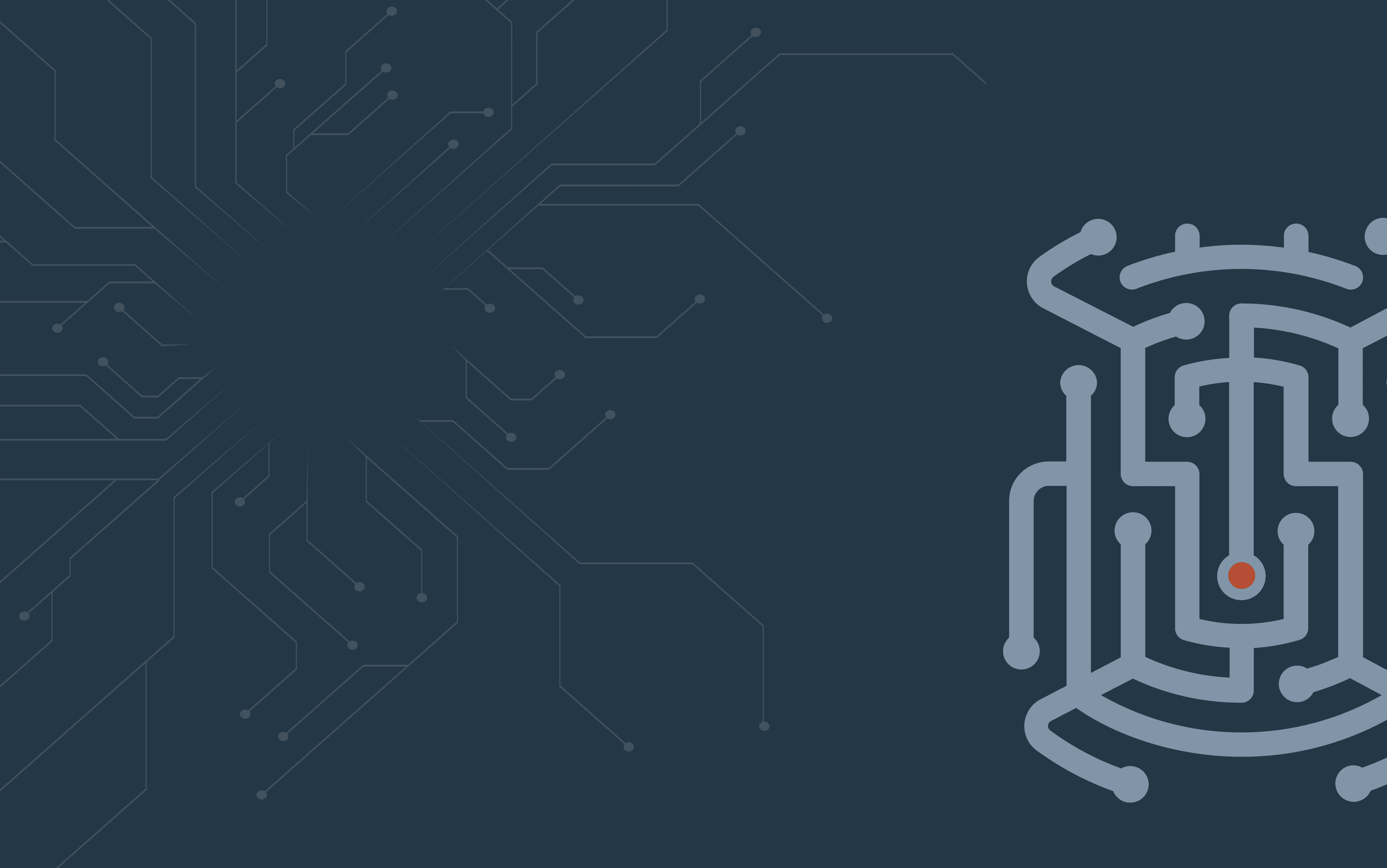
OPERATIONAL DEFECT DATABASE
...


...

Unable to add an existing Resource Group (RG). Add Existing Resource Group results in generic error, VXFM0004 which means logs should be looked into further: The operation cannot be performed because of an internal issue (VXFM0004) asmui logs show the following error: 2025-01-07 02:03:45 [https-jsse-nio-9030-exec-1] (RestTemplateResponseErrorHandler.java:52) [ERROR] REST Error: { "detailMessage" : "[com.dell.asm.i18n2.AsmDetailedMessage@2fbb3c2b[\n id=<null>\n messageCode=VXFM0004\n messageBundle=AsmManagerMessages\n severity=ERROR\n category=USER_FACING\n displayMessage=The operation cannot be performed because of an internal issue asmmanager shows node(s), without FQDN, that are part of the resource group trying to be added as 'imageId: null': 2025-01-08T02:42:01.484517696-06:00 stdout F 2025-01-08 08:42:01,484 [https-jsse-nio-9080-exec-9] (ServiceTemplateUtil.java:1565) [DEBUG] processServerRepos() ServiceTemplateComponentType{ SERVER } name mnoytgnvs2.corp.riotinto.org subtype HYPERVISOR imageType: vmware_esxi imageId: ESXi7.0.3p .. 2025-01-08T02:42:50.236259935-06:00 stdout F 2025-01-08 08:42:50,236 [https-jsse-nio-9080-exec-6] (ServiceTemplateUtil.java:1565) [DEBUG] processServerRepos() ServiceTemplateComponentType{ SERVER } name mnoytgnvs2 subtype null imageType: null imageId: null
BootMode is set to BIOS on the node(s) but should be set to UEFI. Example of Bios attribute: "AttributeName": "OneTimeHddSeqDev", "CurrentValue": "AHCI.Slot.1-1", "DisplayName": "BIOS Hard-Disk Drive Sequence Device", "DisplayOrder": 6302, "HelpText": "This field determines the one-time boot hard disk when the One-Time Boot Device List is set to BIOS Hard-Disk Drive Sequence Device. If Boot Mode is set to UEFI, the system temporarily switches the Boot Mode to BIOS when attempting a one-time boot to the device.", BIOS is not a supported mode so we cannot create a RG from such nodes. In versions prior to 4.6.x, adding an existing Resource Group with nodes in BIOS mode caused the Resource Group to enter Lifecycle mode.
Consult the OS vendor before making the change from BIOS to UEFI (one node at a time). In a Linux OS, refer to the following KB: Recommended BIOS Settings for your Linux System. Changing BIOS to UEFI has not been tested on Linux SO nodes (have seen no issues with ESXi). SO (Storage Only) nodes running SLES or Centos shouldn't be modified as it can cause the node to fail to boot. If Boot Mode on a SO node running CentOS is changed from BIOS to UEFI, the node will not boot due to no GPT partition on CentOS. Switching back to BIOS enables the node to boot. Therefore, use option #1 to completely remove SO node from Resource Group / Service & PFxM. Option 1: Reprovision Node via PowerFlex Manager (Recommended) Use this option for SLES / CentOS SO nodes (can also be used for HCI / CO Esxi nodes) Refer to admin guide for steps 1 & 3 - Managing components with PowerFlex Manager 1) 'Remove a PowerFlex node' from Resource Group / Service 2) Change Boot Mode to UEFI - Enter BIOS/firmware setup during boot (typically by pressing F2 or DEL). - Navigate to Boot Settings and change the boot mode to UEFI. - Save changes and exit. 3) 'Perform PowerFlex node expansion' from Resource Group / Service Option 2: Manual Procedure for Compute / ESXi Nodes If HCI node, sds/svm should be placed in maintenance mode first 1) Put Node in Maintenance Mode - Use PowerFlex Manager or vCenter to place the host in Maintenance Mode. 2) Change Boot Mode to UEFI - Enter BIOS/firmware setup during boot (typically by pressing F2 or DEL). - Navigate to Boot Settings and change the boot mode to UEFI. - Save changes and exit. 3) Attempt Boot of Existing ESXi Installation - If the system boots, run: esxcli hardware platform get | grep -i firmware - If output shows Firmware Type: EFI, the node is UEFI-booted. - If Firmware Type: BIOS or boot fails, proceed to reinstall (Option 1). 4) Exit Maintenance Mode In a future version, adding an existing Resource Group with nodes in BIOS mode will cause the RG to enter Lifecycle mode, with a message describing the boot mode.
Click on a version to see all relevant bugs
Dell Integration
Learn more about where this data comes from
Bug Scrub Advisor
Streamline upgrades with automated vendor bug scrubs
BugZero Enterprise
Wish you caught this bug sooner? Get proactive today.